Exploring the Future of Air Systems: Innovations in Climate Control and Sustainability
As the global demand for sustainable solutions intensifies, the air systems industry finds itself at a pivotal crossroads where innovation and environmental responsibility converge. Recent reports from the International Air Conditioning, Heating, and Refrigeration Institute (AHRI) highlight that the global air systems market is projected to reach $200 billion by 2025, driven by advancements in energy efficiency and climate control technologies. This surge reflects not only an economic opportunity but also an urgent call to integrate sustainable practices into air system design and implementation.
Renowned industry expert Dr. Emily Carter, a leading voice in air systems innovation, emphasizes the importance of this transition by stating, "The future of air systems lies in our ability to blend cutting-edge technology with eco-friendly practices, ensuring we address climate change while meeting consumer needs." Her insights underscore a growing realization within the sector that operational sustainability is not merely an option but a necessity. As we embark on this exploration of future air systems, we will delve into the latest innovations in climate control technologies, examine their potential impacts, and consider how the industry can achieve a sustainable and resilient future.
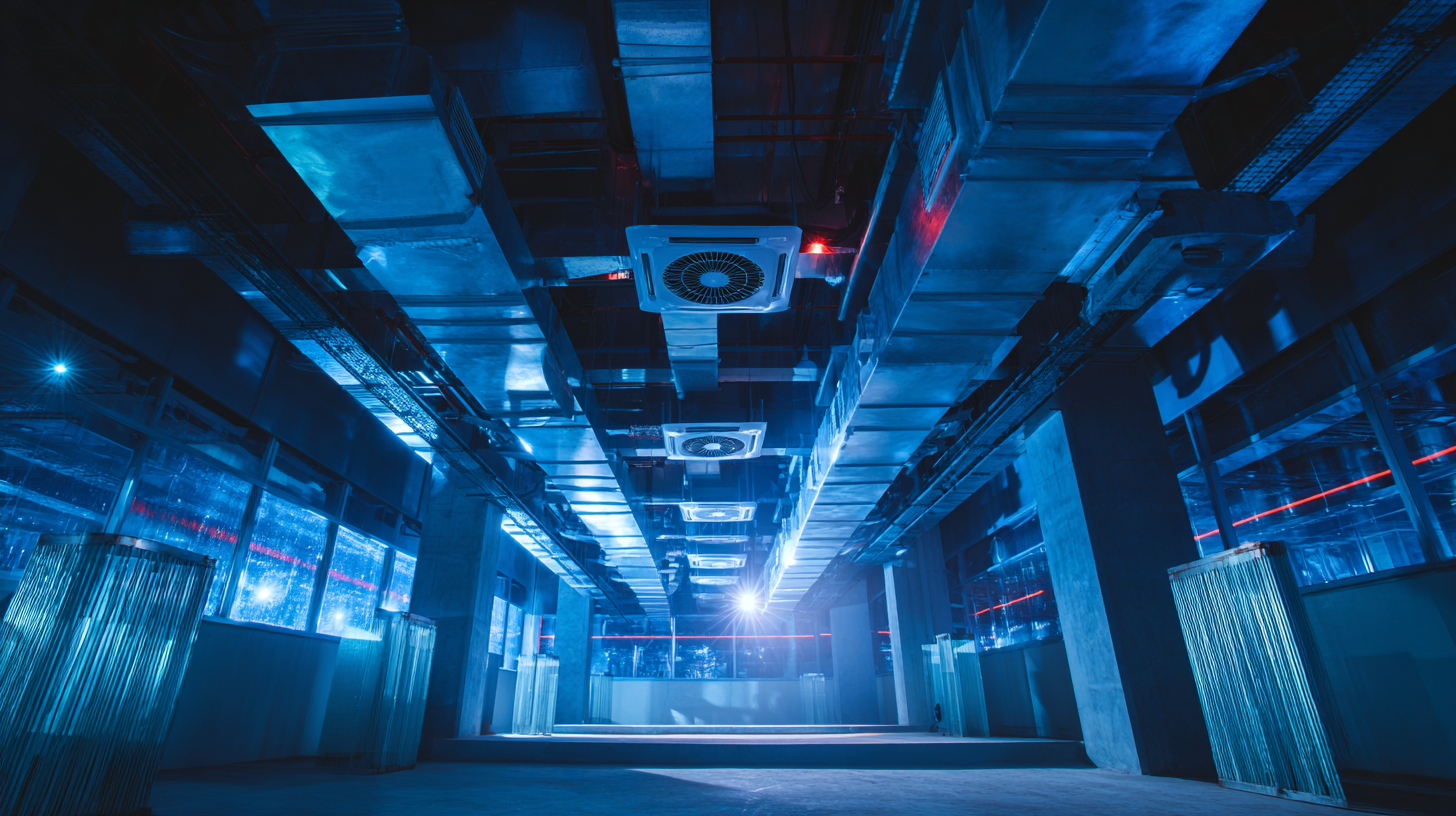
Understanding Modern Air Systems and Their Role in Climate Control
Modern air systems play a pivotal role in climate control, significantly influencing both indoor environments and broader ecological impacts. These systems are designed not only to provide comfort but also to enhance energy efficiency and reduce carbon footprints. Innovations such as smart thermostats, energy recovery ventilators, and advanced filtration techniques have emerged, allowing for better monitoring and management of indoor air quality while minimizing energy consumption. By employing sensors and automation, these systems can adapt to real-time conditions, ensuring optimal performance without unnecessary energy waste.
Moreover, sustainability remains at the forefront of these technological advancements. Air systems are increasingly incorporating renewable energy sources, such as solar-assisted heating and cooling technologies. The integration of green materials and components further underscores the commitment to reducing environmental impact. As cities continue to grow and climate challenges escalate, the evolution of air systems will be crucial. They must not only meet the demands of modern living but also contribute to a resilient future, addressing both resource conservation and the need for cleaner air across all environments.
Exploring the Future of Air Systems: Innovations in Climate Control and Sustainability
| Dimension | Current Technologies | Innovative Solutions | Sustainability Impact |
|---|---|---|---|
| Smart Thermostats | Adaptive temperature control based on user behavior | AI-driven learning algorithms | Reduces energy consumption by up to 15% |
| Air Filtration Systems | HEPA filters for particulate matter | Electrostatic and UV light filtration | Improves indoor air quality, promoting health |
| HVAC Systems | Conventional heating and cooling | Geothermal and solar-powered HVAC | Lowers carbon footprint significantly |
| Ventilation Systems | Mechanical and natural ventilation | Demand-controlled ventilation with sensors | Enhances energy efficiency, reducing waste |
| Building Automation | Integrated control systems | IoT-enabled monitoring and management | Optimizes resource use, improves sustainability |
Innovative Technologies Driving Sustainability in Air Systems
Innovations in air systems are pivotal for enhancing sustainability and achieving climate goals. Recent advancements highlight how companies are embracing eco-conscious manufacturing and innovative technologies to minimize their environmental footprint. For example, a study exploring the life cycle assessment of advanced cooling technologies indicates significant potential for reducing energy consumption and greenhouse gas emissions, showcasing the urgency and importance of sustainability in air control systems.
Moreover, collaborative efforts between research institutions and industry leaders aim to scale sustainable energy solutions. The partnership between a renowned university and an energy provider focuses on developing strategies that prioritize climate control in aviation and other sectors. At the same time, emerging technologies in digital innovation are redefining air quality improvement protocols, ensuring that future systems are equipped to handle both user comfort and environmental stewardship effectively.
As these trends continue to unfold, the aerospace sector is also witnessing a surge in recruitment focused on sustainability, with organizations targeting thousands of new hires aligned with their green initiatives. This shift underscores the importance of integrating innovative technologies across all facets of air systems, thereby fostering a culture of sustainability that is essential for the future of our planet.

Strategies for Implementing Energy-Efficient Climate Solutions
The push for energy-efficient climate solutions has never been more crucial as we confront the challenges posed by climate change. Implementing innovative technologies in air systems can significantly enhance energy efficiency, reducing both operational costs and environmental impact. One effective strategy involves integrating smart thermostats and sensors that adjust heating and cooling according to presence and preferences, ensuring that energy is not wasted in unoccupied spaces. This real-time adaptability can lead to substantial energy savings and contribute to a more sustainable urban environment.

In addition to smart technologies, building retrofits play a vital role in achieving sustainability goals. Upgrading insulation, sealing ducts, and using high-efficiency HVAC systems can dramatically lower energy consumption. Furthermore, leveraging renewable energy sources such as solar panels can offset the energy demands of climate control systems. By fostering a holistic approach that combines advanced technology, retrofitting, and renewable resources, we can develop robust climate solutions that not only address current environmental issues but also pave the way for a greener, more sustainable future.
Assessing the Impact of Air Systems on Urban Environments
As urban environments continue to grow and evolve, the impact of air systems on city life becomes increasingly critical. Effective climate control solutions play a crucial role in ensuring the comfort and well-being of urban residents. Advanced air systems, including smart HVAC technologies and innovative ventilation designs, are transforming how we manage indoor air quality. Such systems not only regulate temperature and humidity but also filter pollutants and allergens, fostering healthier living conditions in densely populated areas.
Moreover, sustainable air systems can significantly reduce the carbon footprint of urban centers. By integrating renewable energy sources and efficient energy management practices, cities can minimize their reliance on fossil fuels. Innovations such as passive cooling techniques and green roofs contribute to a reduction in energy consumption while enhancing the urban landscape. The implementation of these sustainable air systems not only mitigates climate change impacts but also promotes environmental resilience, ensuring that future urban developments are both livable and sustainable.
Future Trends in Air Systems and Their Contribution to Green Living
The future of air systems is increasingly intertwined with the principles of green living, presenting opportunities for innovations that prioritize both climate control and sustainability. According to a report by the International Energy Agency (IEA), buildings account for nearly 40% of global energy-related CO2 emissions, emphasizing the urgent need for more efficient air systems. Advanced technologies such as smart HVAC systems and energy recovery ventilators are emerging as key solutions to reduce energy consumption and emissions.
Tips: When upgrading your air system, consider options that incorporate smart technology. Such systems can learn your preferences and adjust accordingly, optimizing energy use and enhancing comfort.
The trend towards zero-energy buildings is also gaining traction, driven by advancements in sustainable materials and systems integration. A study conducted by the U.S. Green Building Council reveals that green buildings can use 30% to 50% less energy compared to conventional structures. This highlights the potential for air systems to not only improve indoor air quality but also significantly lower the environmental impact of the buildings we inhabit.
Tips: Regular maintenance of air systems ensures they operate at peak efficiency, which is crucial for maximizing energy savings and reducing your carbon footprint.
Future Trends in Air Systems and Their Contribution to Green Living
This chart illustrates the projected growth in various innovations related to air systems, focusing on their contributions to climate control and sustainability from 2023 to 2028.
Related Posts
-
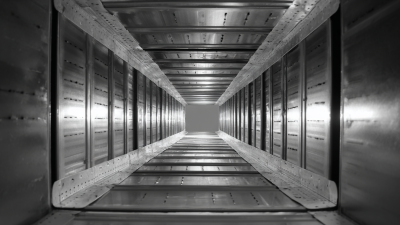
The Ultimate Guide to Understanding Air Conditioning Trunking: Benefits and Installation Tips
-
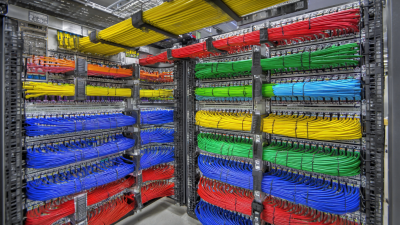
Understanding AC Trunking: A Comprehensive Guide to Efficient Cable Management Solutions
-
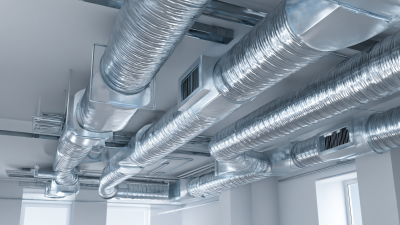
Understanding the Importance of Proper Air Conditioning Duct Installation for Energy Efficiency
-

Ultimate Guide to Efficient Air Conditioning Installation for Your Home Comfort
-
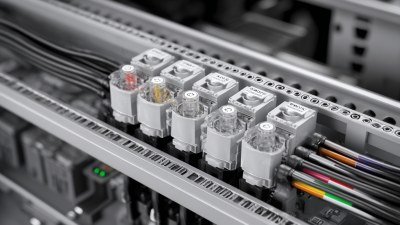
Exploring the Advantages of AC Trunking for Modern Electrical Systems
-

The Ultimate Guide to Choosing the Right Residential Air Conditioning System for Your Home